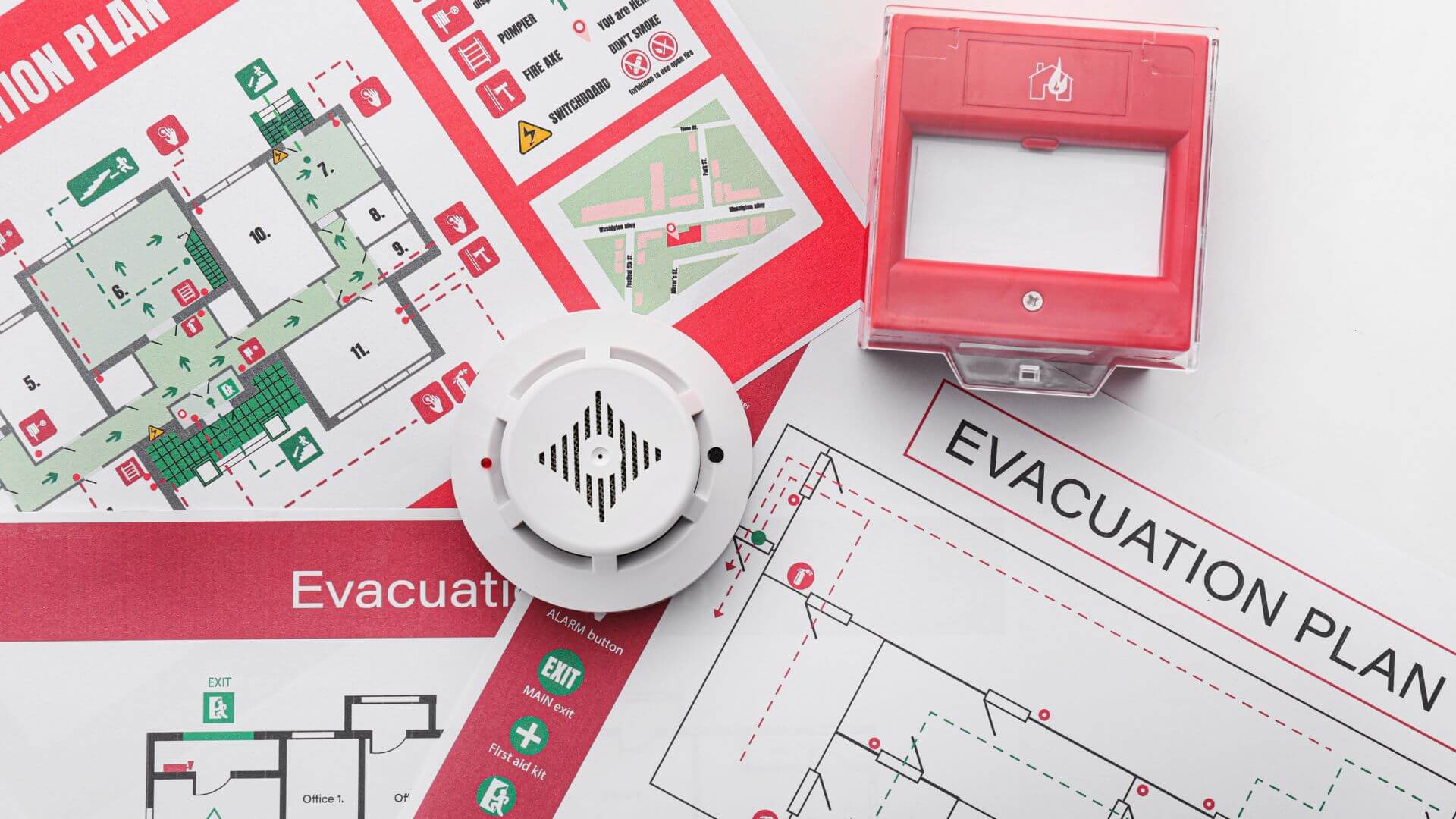10 June 2019 marks the start of Diabetes Week in the UK. This article looks at the condition and how it may affect health and safety in the workplace.
Diabetes in the workplace
What is diabetes?
Diabetes is a chronic condition where the body is unable to regulate its glucose levels as a result of either the pancreas failing to produce insulin, or not enough insulin to help glucose enter the body’s cells. Alternatively, the insulin that is produced does not work properly (known as insulin resistance (IR)). These are the two main types of diabetes.
Type 1 is a less common condition, usually developing in children and young adults. With this type of diabetes, the body is unable to produce insulin to manage glucose levels in the blood.
Type 2 diabetes is far more common and mainly appears in adulthood. In this type of diabetes, the body does not produce enough insulin or the body’s cells do not react to insulin.
Genetics certainly increase the chances of getting both types of diabetes, but it is accepted that certain factors, particularly overeating and a sedentary lifestyle increase the risk of type 2 diabetes. Other factors include age, being overweight or obese, body fat distribution, family history and ethnicity.
Diabetes can lead to heart disease, stroke, kidney disease, vision problems and lower limb amputation if it is not properly controlled.
Diabetes and safety in the workplace
The Institution of Occupational Safety and Health (IOSH) stresses that whilst it is a serious condition, diabetes is a very common lifelong health condition that does not hinder people’s ability to get a job or to keep one. The law requires that people with diabetes be assessed on their individual ability to do a job and not to be discriminated against simply because they have the condition.
However, some safety critical jobs will have legitimate health requirements that may exclude people with certain medical conditions. There are some key areas of employment, such as driving long goods vehicles or those carrying passengers, where there are restrictions on people with insulin-dependent diabetes.
Concerns about workplace safety in relation to diabetes tend to be associated with the development of hypoglycaemia — a state of low blood glucose. Symptoms of hypoglycaemia can include hunger and dizziness as well as confusion and unconsciousness. Hypoglycaemia is commonly perceived as a concern for people with type 1, rather than type 2 diabetes, although hypoglycaemia is a potential risk for anyone using insulin and many people with type 2 diabetes are insulin-dependent.
In contrast, hyperglycaemia occurs when blood glucose is high because the body has too little insulin or is improperly using insulin, resulting in symptoms such as hunger, thirst and frequent urination. Left untreated, hyperglycaemia can lead to diabetic coma. However, the symptoms of hyperglycaemia generally develop over hours or days and do not occur suddenly. Therefore, hyperglycaemia does not pose an immediate risk of sudden incapacitation.
Health and Safety Executive (HSE) Case Study
One key consideration in relation to workers’ health and diabetes is shift work. People with diabetes used to be discouraged from doing shift work, however, improvements in blood glucose testing and more flexible insulin regimes mean that diabetes is less likely to be problematic.
The HSE has published a case study on a 55-year-old bakery worker whose job as a production operative involved rotational night shifts. Statutory health surveillance includes a health check for night workers and during this process, the employee was diagnosed with type 2 diabetes.
Symptoms of type 2 diabetes include an increased production of urine, unusual thirst, tiredness, loss of weight, increased appetite, feeling sick, blurred vision, increased infections and symptoms of feeling generally unwell, some of which the employee had been experiencing.
In view of the diagnosis, the bakery worker’s occupational health rehabilitation plan was updated and his line manager was informed that the employee needed to avoid rotational day and night shifts for a further three months, to allow his blood sugar levels to be better controlled.
Arrangements were also made for the employee to take regular breaks, increasing in regularity during spells of hot weather. In addition, first aiders were informed of his condition and he was included in the company’s flu vaccination programme since diabetics are at greater risk of contracting infections.
After three months, the employee was stabilised by diet and oral medication. The man’s GP stated he would be able to enjoy a normal life, including a normal working life that involved physical work with rotational day and night shifts.
Another interesting aspect to the night shift question is the conclusion of a recent large international research study which suggested that type 2 diabetes is more common in people who work shifts.
Commenting on the research, Dr Alasdair Rankin of Diabetes UK was quoted by the BBC as saying, “These findings suggest that shift workers need to be aware of their personal risk of developing type 2 diabetes. They can do this by taking a type 2 diabetes risk assessment, either online or in their local pharmacy. The best way to reduce your risk of type 2 is to maintain a healthy weight through regular physical activity and by eating a healthy balanced diet.”
Expert Support
If you have concerns about a diabetic employee, or have any other health & safety issue you’d like guidance on, speak to one of our health & safety experts today, on 01455 858 132.
Related resources
Categories
- Business Advice
- Contracts & Documentation
- Culture & Performance
- Disciplinary & Grievances
- Dismissals & Conduct
- Employee Conduct
- Employment Law
- End of Contract
- Equality & Discrimination
- Health & Safety
- Hiring & Managing
- Leave & Absence
- Managing Health & Safety
- Moving
- Occupational Health
- Pay & Benefits
- Recruitment
- Risk & Welfare



